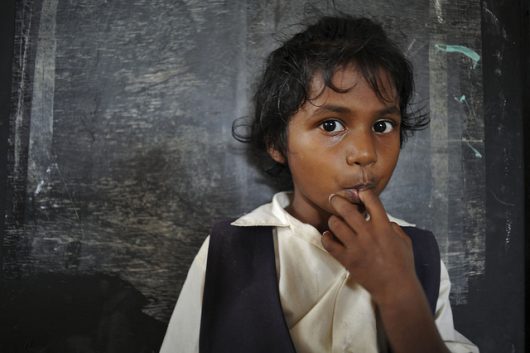
Drug trafficking is a serious issue for Guyana, a nation that serves as a transit country for cocaine that’s delivered to other countries such as the U.S., Canada, the Caribbean, Europe and West Africa. Drug trafficking influences the country’s political and judicial systems, and traffickers take advantage of Guyana’s “poorly monitored ports, remote airstrips, intricate river networks, porous land borders, and weak security sector capacity.” As a result, most of the humanitarian aid to Guyana goes toward combatting drug trafficking.
The Fight To End Drug Trafficking
Although the country has its own laws that aim to combat drug trafficking, the humanitarian aid to Guyana significantly helps in the fight. For instance, the Guyanese government has the Anti-Money Laundering and Countering the Financing of Terrorism (AML/CFT) Act of 2009 in place in order to improve the investigative procedures of law enforcement authorities and prosecutors who are trying to obtain convictions for drug traffickers.
However, “the government has sought no prosecutions under these laws,” and a U.S. State Department report previously disclosed that the government was not doing enough to combat drug trafficking in the country. The U.S. cooperates with Guyana and other Caribbean nations through the Caribbean Basin Security Initiative (CBSI) in order to fight illicit trafficking and other transnational crimes that threaten regional security.
Humanitarian aid to Guyana through CBSI includes efforts to improve law enforcement capabilities, border and port protection, workforce development and anti-money laundering effectiveness. CBSI-funded programs “support Guyana’s maritime operations by providing interdiction assets, including riverine patrol boats delivered in December 2013 and relevant command and control systems.” The programs also offer logistical support and training, but Guyana still believes that it needs more assistance to combat this serious issue and has asked for additional assistance from the U.S.
Combatting HIV
While the human trafficking battle rages on, Guyana has been quite effective in its response to HIV. Humanitarian aid to Guyana to fight HIV has proven successful so far; for instance, the U.S. President’s Emergency Plan for Aids Relief (PEPFAR) was first launched in 2003 in Guyana when the country “appeared to be on the precipice of an HIV/AIDS crisis with a growing infection rate.”
The HIV/AIDS rates in Guyana have stabilized over the years as the people have an adequate supply of blood, and HIV-infected mothers receive necessary preventative care in order to prevent infecting their unborn children.
The success of humanitarian aid to Guyana in fighting the HIV virus illustrates that increasing foreign aid to combat drug trafficking can cause a plethora of positive results as a result.
– Mehruba Chowdhury
Photo: Flickr

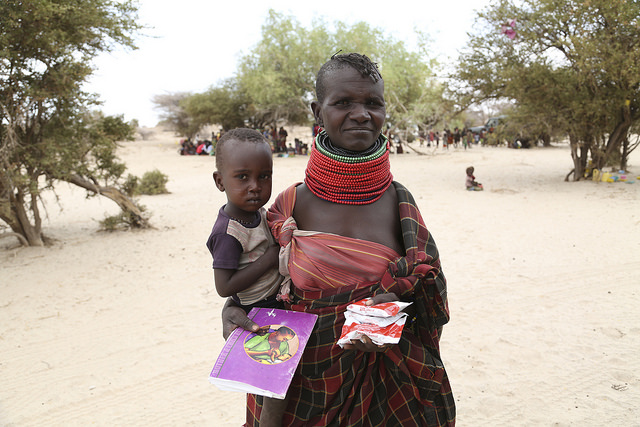 About
About 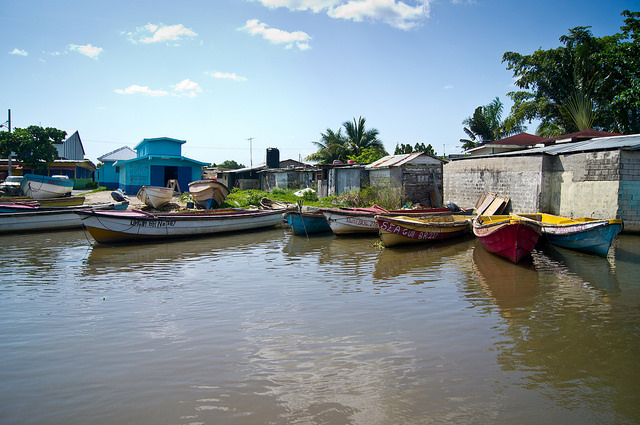 Despite its upper middle-income status, Jamaica is one of the slowest growing developing countries in the world. With
Despite its upper middle-income status, Jamaica is one of the slowest growing developing countries in the world. With 
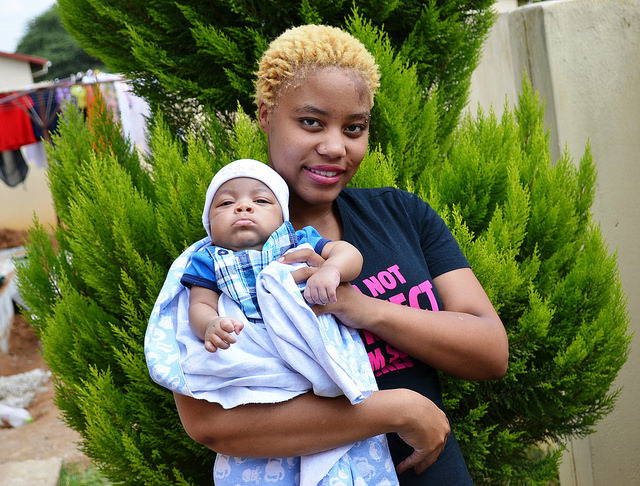
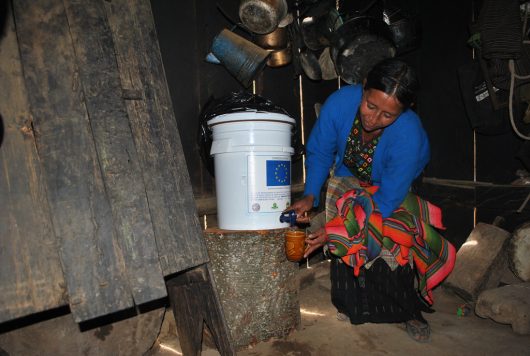
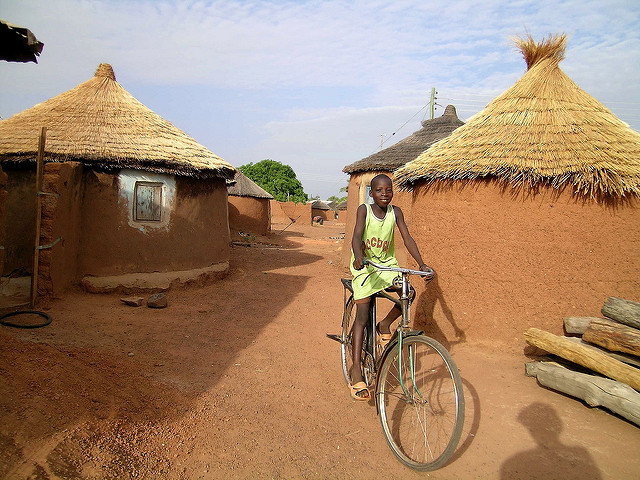 The need for proper nutrition and health professionals has driven the success of
The need for proper nutrition and health professionals has driven the success of 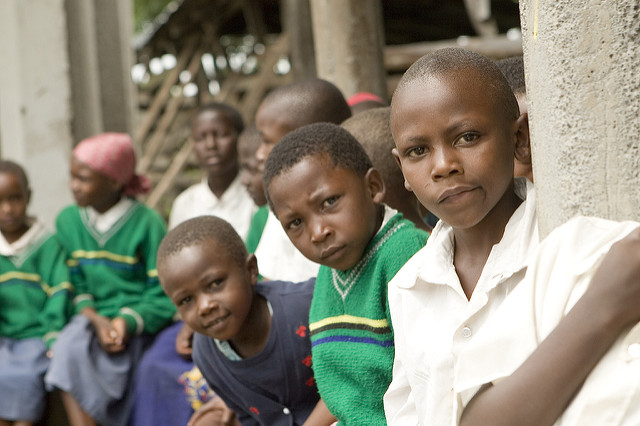 Tanzania has seen a rapid increase in its growth rate over the years, becoming a hub for foreign assistance from a myriad of
Tanzania has seen a rapid increase in its growth rate over the years, becoming a hub for foreign assistance from a myriad of 